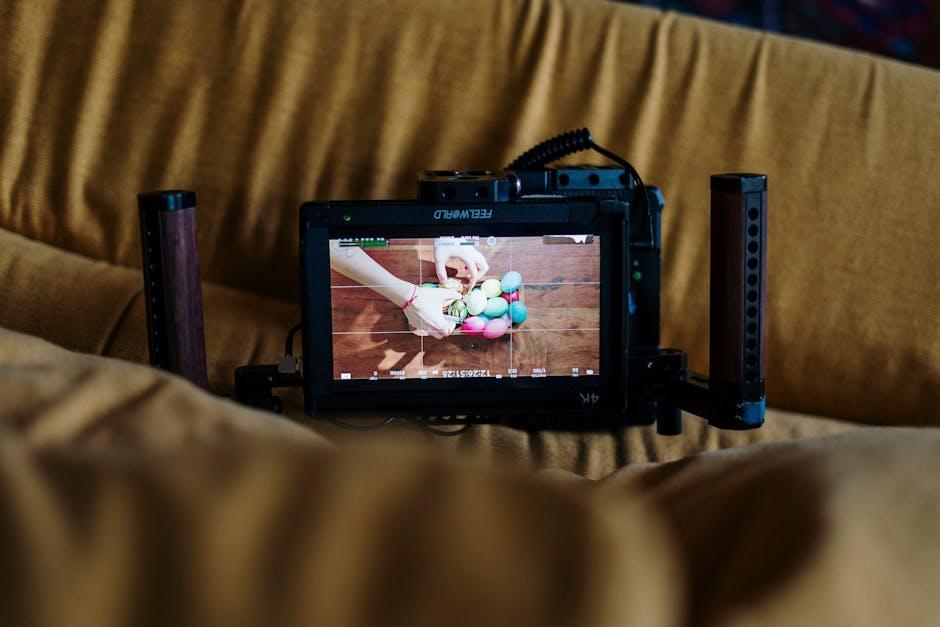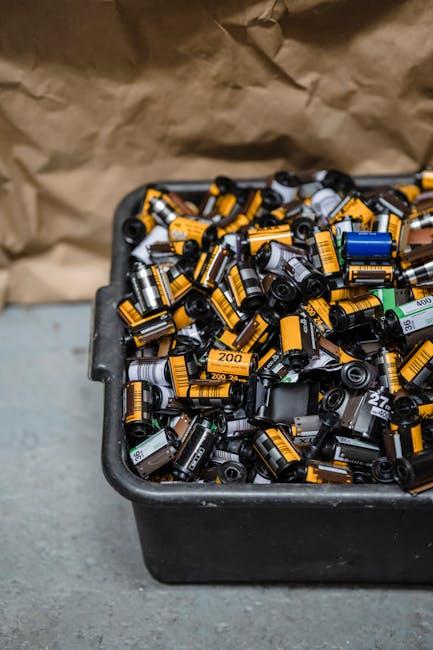In the captivating world of cinema, every frame is a canvas, and every color a brushstroke that paints emotions and themes onto the audience’s imagination. From the vibrant hues of a sunlit meadow to the somber shades of a rain-soaked street, filmmakers harness the power of color to evoke feelings and underscore narratives. This silent yet potent language of color invites viewers to experience stories on a deeper level, subtly guiding their perceptions and emotions. As we explore the intricate relationship between color and storytelling, we’ll uncover how filmmakers transform the screen into a vivid tapestry of emotion and meaning, crafting unforgettable cinematic experiences.
Crafting the Color Palette: The Art of Visual Storytelling
In the realm of filmmaking, color serves as a powerful tool that transcends mere aesthetics, embedding itself deeply into the narrative fabric of a story. Through the strategic use of color palettes, filmmakers can evoke emotions, highlight themes, and guide audiences on an emotional journey. A carefully curated palette can transform a scene, infusing it with intensity or serenity, hope or despair. Consider the haunting blues and grays of a dystopian world, subtly whispering themes of isolation and melancholy, or the vibrant reds and yellows of a summer romance, igniting feelings of passion and warmth.
- Symbolism: Colors can symbolize abstract concepts, such as red for danger or love, and green for envy or growth.
- Character Development: Shifts in color palettes can reflect a character’s emotional arc, such as moving from dark, muted tones to bright, vivid hues as they experience personal growth.
- Atmospheric Tone: A consistent color scheme can establish the mood of the film, whether it’s the eerie coolness of a thriller or the nostalgic warmth of a coming-of-age tale.
Through these techniques, filmmakers harness the emotive power of color, crafting a visual language that resonates with audiences on a subconscious level, elevating the storytelling experience beyond words and actions.
Symbolic Hues: Decoding Emotional Resonance in Film
Color in film is far more than a mere aesthetic choice; it is a profound language that speaks directly to our emotions and subconscious. Filmmakers often wield color as a powerful tool to evoke specific feelings, subtly guiding the audience’s emotional journey. For instance, a dominant red palette might suggest passion, danger, or urgency, while a soothing blue can evoke calm, melancholy, or introspection. This deliberate use of color helps to establish mood, enhance storytelling, and deepen thematic elements, allowing viewers to connect with the narrative on a visceral level.
- Warm tones: Often used to depict warmth, comfort, or tension.
- Cool tones: Frequently employed to convey detachment, sadness, or serenity.
- Monochrome: Utilized to focus on simplicity, nostalgia, or moral ambiguity.
Beyond individual scenes, filmmakers strategically apply color schemes throughout a film to reflect character development or thematic shifts. A character’s journey from innocence to experience might be mirrored through a transition from light pastels to darker, more muted tones. In this way, color becomes an essential narrative device, silently speaking volumes about the film’s underlying messages.

Color Theory in Cinema: Techniques for Thematic Depth
In the realm of cinema, color is a powerful tool that transcends mere aesthetic appeal. Filmmakers meticulously select palettes to evoke emotions and underscore thematic elements, transforming scenes into rich tapestries of meaning. Color theory in cinema employs various techniques to deepen the narrative experience, often shaping the viewer’s subconscious response to the story.
- Symbolism: Colors are imbued with symbolic meanings that resonate with audiences on an intuitive level. For instance, red can signify passion or danger, while blue often conveys calmness or melancholy.
- Contrast and Harmony: Directors use contrasting colors to highlight conflict or tension, whereas harmonious palettes can create a sense of unity or peace within the narrative.
- Character Development: The evolution of a character can be mirrored through their color journey, subtly shifting hues to reflect their inner transformation.
- Mood Setting: Specific color schemes set the tone for a scene, whether it’s the warm, golden hues of nostalgia or the stark, cold blues of isolation.
Through these techniques, filmmakers craft a visual language that speaks volumes, allowing color to become a silent yet profound character in the storytelling process.

Practical Tips: Choosing Colors to Enhance Narrative Impact
Color plays a crucial role in storytelling, guiding the audience’s emotions and enhancing thematic depth. When selecting colors, filmmakers can use them to subtly influence how viewers perceive characters and scenes. Here are some practical tips to consider:
- Understand the Psychology of Color: Different colors evoke different emotions. For example, blue often conveys calmness or sadness, while red can signify passion or danger. Align your color choices with the emotional tone you wish to convey.
- Create Contrast for Emphasis: Use contrasting colors to highlight key elements or characters. This technique draws the viewer’s attention and can underscore conflicts or shifts in narrative dynamics.
- Develop a Consistent Palette: Establish a color palette that reflects the film’s themes. Consistency helps in maintaining visual coherence and can subtly reinforce the narrative’s underlying messages.
By thoughtfully integrating these techniques, filmmakers can craft visually compelling stories that resonate emotionally with audiences, turning color into a powerful narrative tool.

